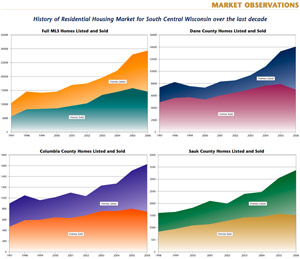When he started, the Big Three completely controlled car sales in the United States. The only foreign company of any prominence was Volkswagen, and as Press recalled, Toyota’s modest sales were lumped with various tiny carmakers as “Other.” Still, soon after he arrived, Press realized he liked the company’s intimacy: he could meet face to face with top managers and exert some influence over marketing decisions. And he liked Toyota’s obsession with customer satisfaction. When he told me about his first trip to Japan, he seemed to be recounting a religious experience. “As a young person, you are searching for this level of comfort, you don’t know what it is, but you’re sort of uncomfortable,” he said. In Japan, as he put it, he found a home, a place where everything from the politeness of the people to the organization of the factories made sense. On that first trip, at a restaurant one evening, he tried a rich corn soup and asked the waitress for the recipe. She checked with the chef, who explained that there was no recipe; it had been handed down from his mother. The next morning, the waitress came to Press’s hotel room: she had found a cookbook with a recipe for the soup. Press, apparently, was still her customer. “That blew me away,” he said.
It can be simplistic, and often a distortion, to accept a corporate executive as the personification of a corporation, especially one as large and varied as Toyota. Yet Press serves as an apt representative, and not merely because his career arc mirrors the company’s ascendancy. Like Toyota, he expresses himself in private with modesty and care, yet in public his speeches are bold, declarative and effervescent. In his office, he has an informal, relaxed presence and exhibits just a hint of an avuncular stoop; yet he loves to race cars and sometimes swims 5,000 meters a day. Press also has a fluency in the company’s arcane systems and history. Toyota is as much a philosophy as a business, a patchwork of traditions, apothegms and precepts that don’t translate easily into the American vernacular. Some have proved incisive (“Build quality into processes”) and some opaque (“Open the window. It’s a big world out there!”). Toyota’s overarching principle, Press told me, is “to enrich society through the building of cars and trucks.” This phrase should be cause for skepticism, especially coming from a company so adept at marketing and public relations. I lost count of how many times Toyota executives, during the course of my reporting, repeated it and how often I had to keep from recoiling at its hollow peculiarity. And yet, the catch phrase — to enrich and serve society — was not intended, at least originally, to function as a P.R. motto. Historically the idea has meant offering car customers reliability and mobility while investing profits in new plants, technologies and employees. It has also captured an obsessive obligation to build better cars, which reflects the Toyota belief in kaizen, or continuous improvement. Finally, the phrase carries with it the responsibility to plan for the long term — financially, technically, imaginatively. “The company thinks in years and decades,” Michael Robinet, a vice president at CSM Worldwide, a consulting firm that focuses on the global auto industry, told me. “They don’t think in months or quarters.”
Fascinating and timely.
